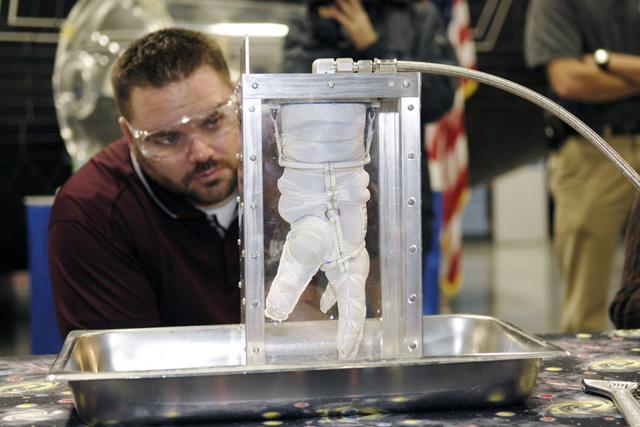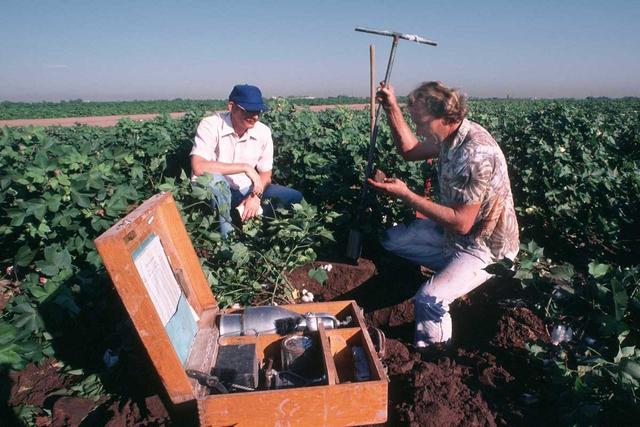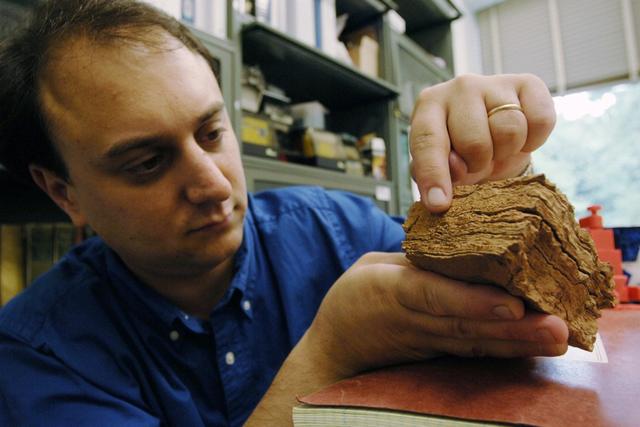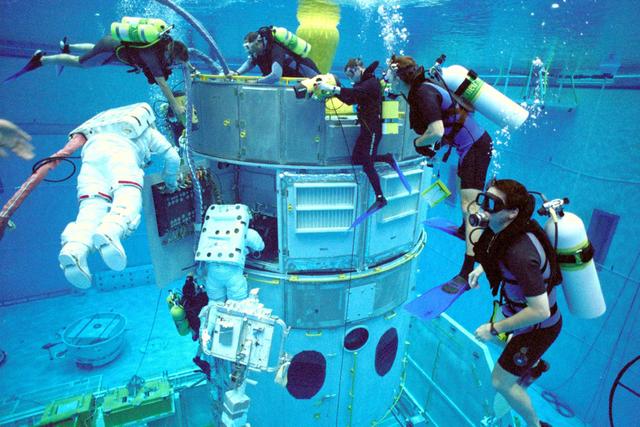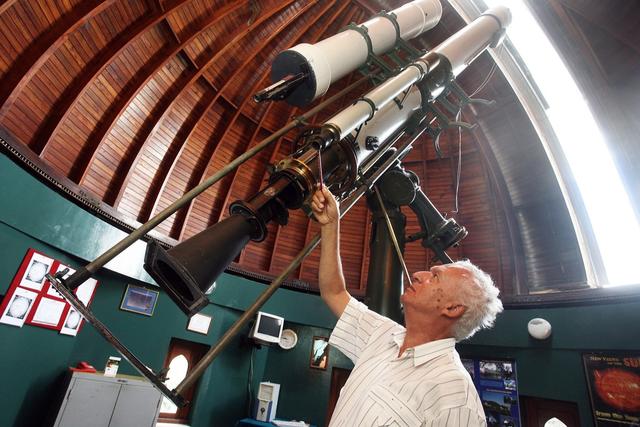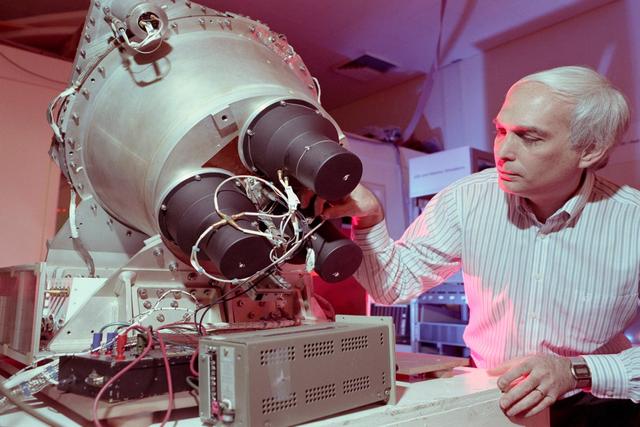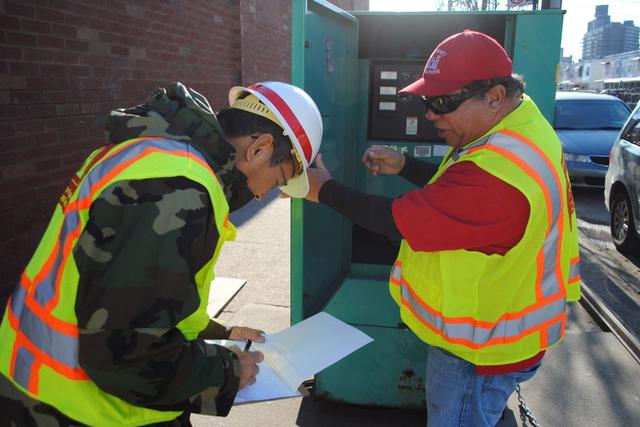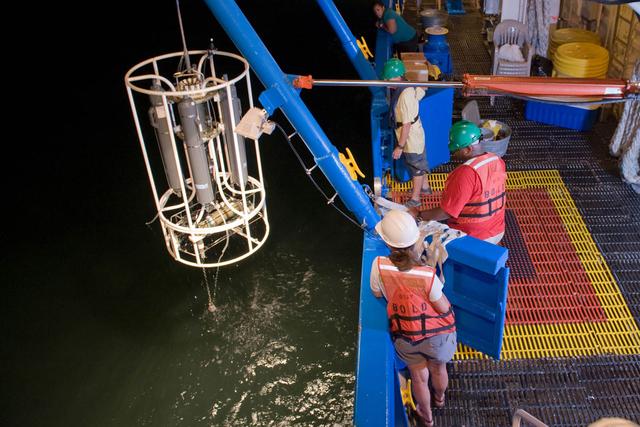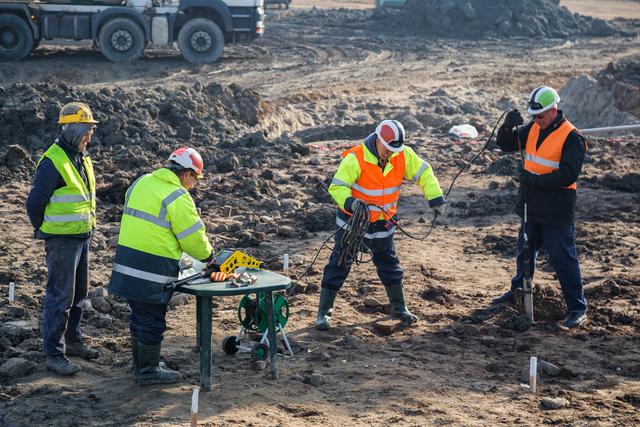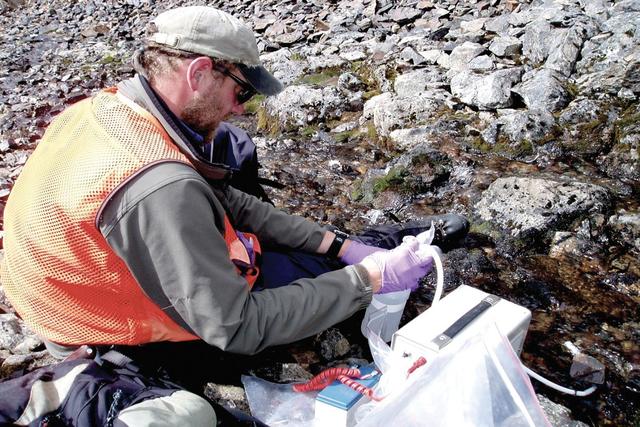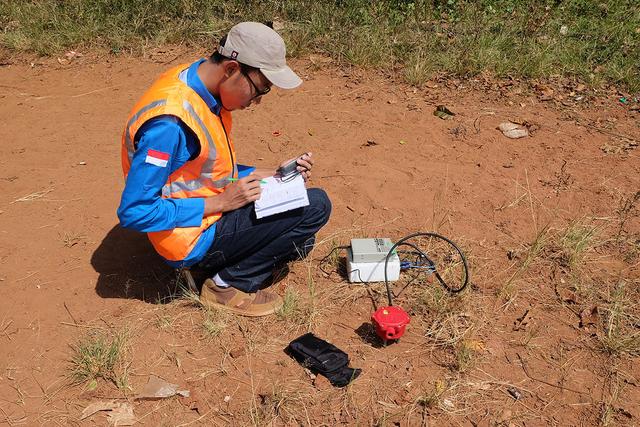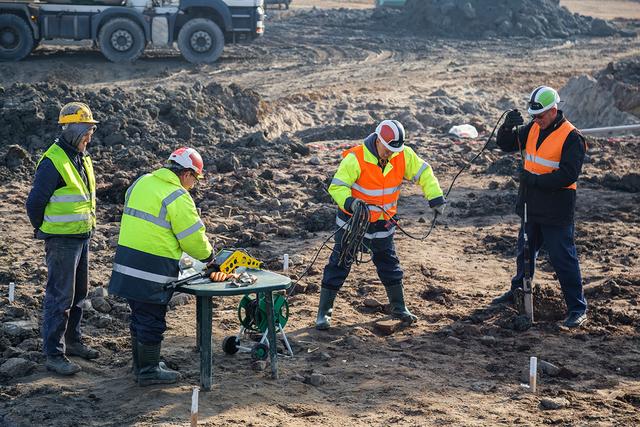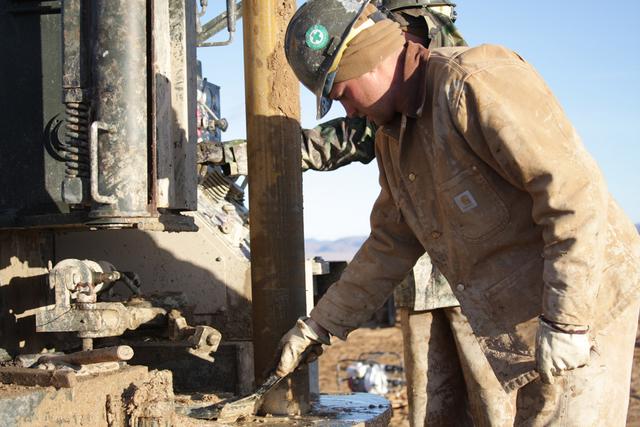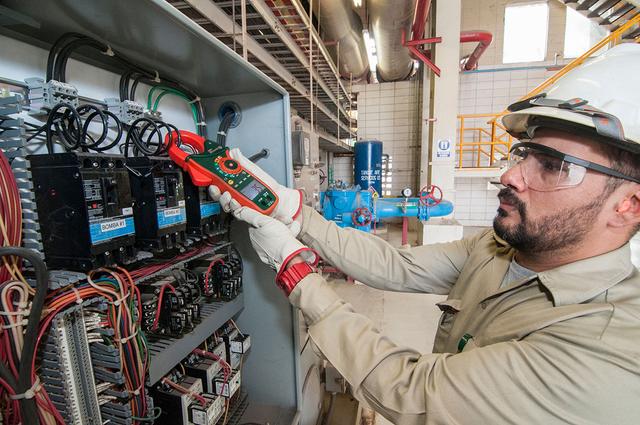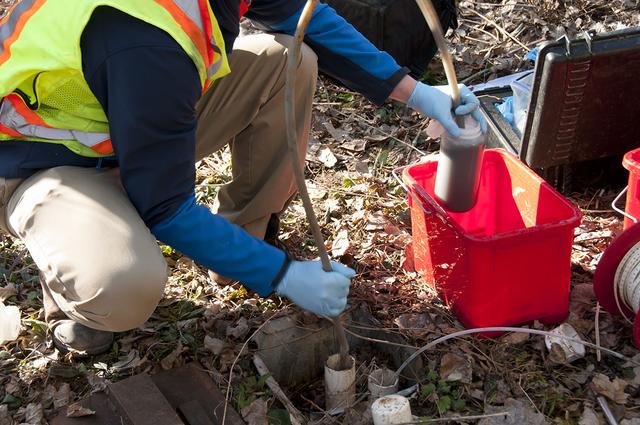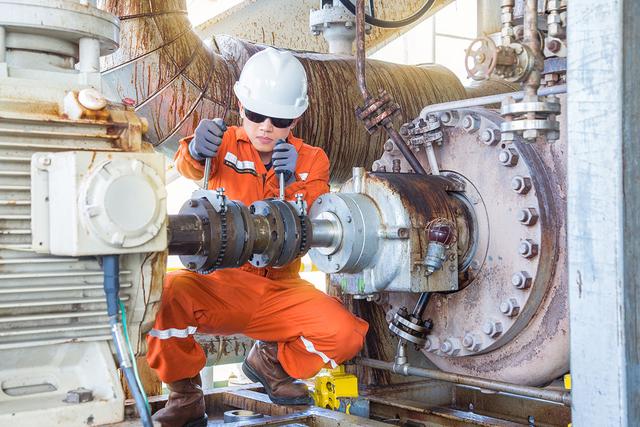Astrogeologists
Overview

Introduction
Geologists study all aspects of the Earth, including its origin, history, composition, and structure. Astrogeologists are specialized geologists who study the geology of the Earth’s Moon, other planets and their moons, comets, asteroids, and meteorites. They are also known as exogeologists and planetary geologists. Approximately 26,300 geoscientists (including geologists) are employed in the United States. Only a tiny fraction of these workers specialize in the field of astrogeology.
Quick Facts
Median Salary
Employment Prospects
Minimum Education Level
Experience
Skills
Personality Traits
Earnings
The U.S. Department of Labor reports that the median annual salary for geoscientists (a category that includes astrogeologists) was $92,580 in May 2023. The lowest paid 10 percent earned $52,500 or less, and those with considerable experience earned $172,600 or more annually. Fifty percent of geoscientists earned between $66,280 and $127,480. Benefits for full-time workers include vacation and ...
Work Environment
Some astrogeologists spend most of their time in a laboratory or office, working a regular 40-hour week in pleasant conditions; others divide their time between fieldwork and office or laboratory work. Astrogeologists should be prepared to work at sometimes inhospitable field sites. For example, astrogeologists who are studying Mars might travel to the polar regions of Earth, which are good ana...
Outlook
Employment of all geoscientists is expected to grow faster than the average for all occupations through 2032, according to the Occupational Outlook Handbook. It is important to remember that astrogeology is a small field, and the U.S. Geological Survey (USGS), other government employers, and private aerospace agencies hire only a small number of astrogeologists. Competition for astroge...

